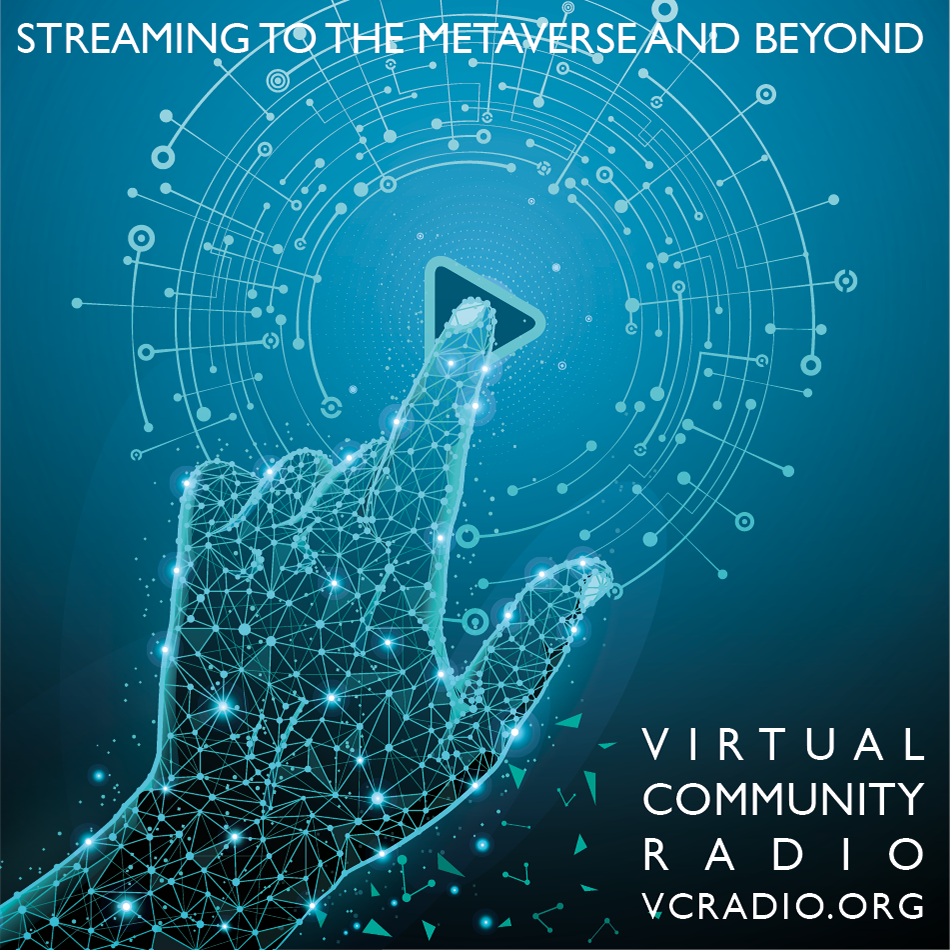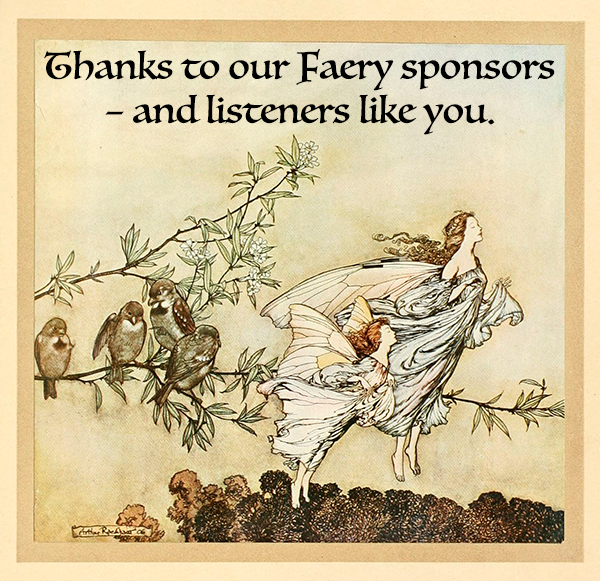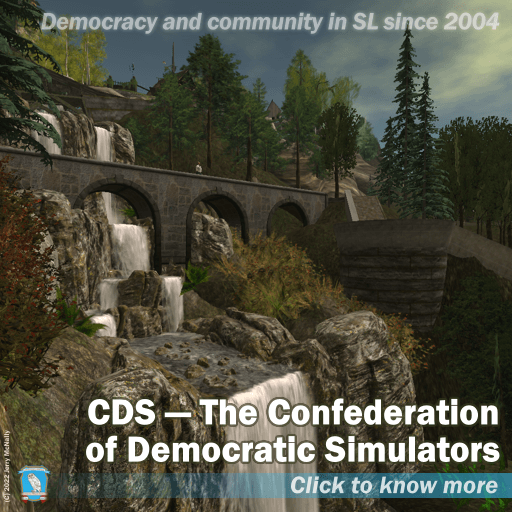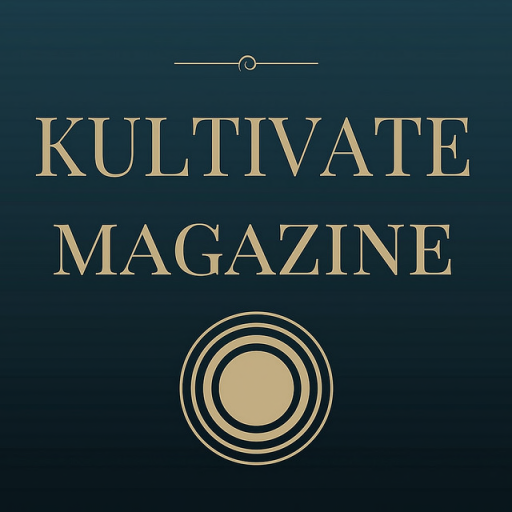From Classical to Romantic
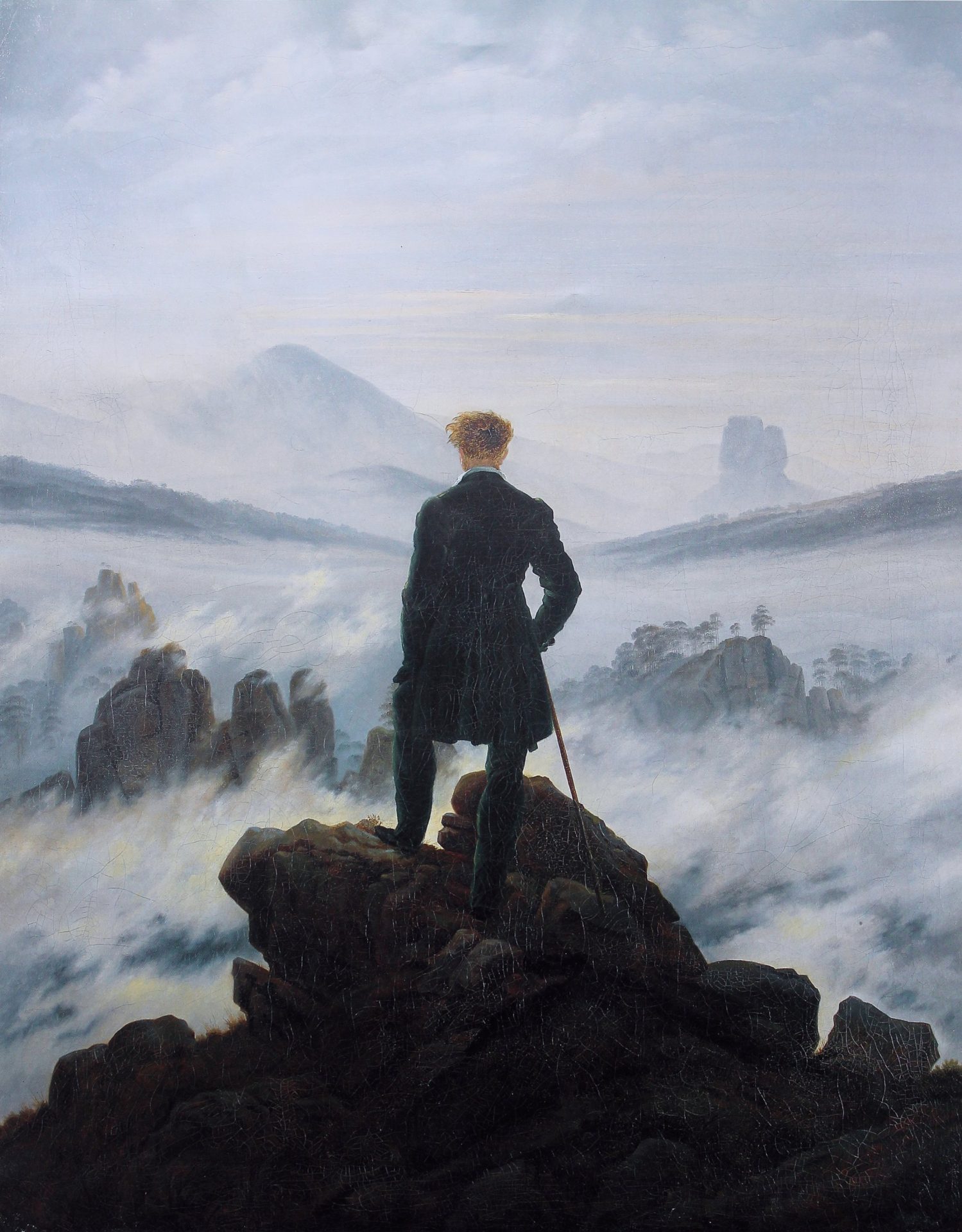
Today we explore a little of the music written at the borders of the Classical and Romantic eras, focusing on the work of some well-known composers born in the last 30 years of the 18th Century. It’s also time for a new episode of our Second Life travel series, “Where Have You Been?” — Episode 18, which visits Snowy River Halloween — Pirate Village and Pine Valley Haunted Caverns (see separate entry).
Historically, the term ‘classical music’ refers specifically to the musical period from 1750 to 1820. The transition from the classical period of Western art music, which lasted around 1750 to 1820, to Romantic music, which lasted around 1815 to 1910, took place in the eighteenth and nineteenth centuries. Composers began transitioning their compositional and melodic techniques into a new musical form which became known as the Romantic Era or Romanticism due to the implementation of lyrical melodies as opposed to the linear compositional style of Classical music.
Classical music was known for its clarity and regularity of structure, or “natural simplicity”, thought of as an elegant international musical style with balanced four-bar phrases, clear-cut cadences, repetition, and sequence. Sonata form was the foundation for a large number of pieces which provided a foundation for the new era of Romanticism.
Characterized by lyrical melodies, chromaticism and dissonance, and dramatic dynamics, the Romantic era evoked emotions assembled by sovereign story lines and nationalist marches reflecting change. Orchestral forms like symphonic poem, choral symphony, and works for solo voice and orchestra, began to draw other art forms closer. (Wikipedia)
“Wanderer above the Sea of Fog” is an oil painting c. 1818 by the German Romantic artist Caspar David Friedrich. It has been considered one of the masterpieces of Romanticism and one of its most representative works. It resides in the Kunsthalle Hamburg, Germany.


